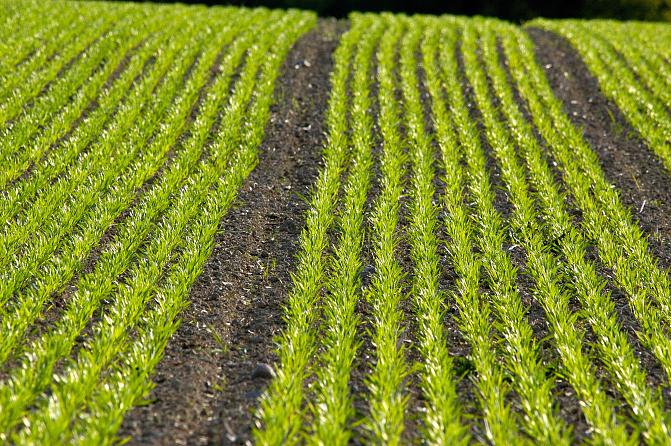
Manure handling and spreading
On this page
Manure is a valuable organic fertilizer and soil improver. The geographical concentration of farms and the increase in farm sizes have led to a situation where significant volumes of manure are generated in specific areas, while there is a lack of the spreading area.
Manure processing methods enable manure or products manufactured from manure to be transported over longer distances to areas where nutrients are needed.
According to statistics in 2020 of the area receiving slurry was covered 51% (in 2009/ 2010, some 80% was injected or covered), 53 per cent of the area receiving urine- or manure-containing water was covered (in 2009/2010 32% was injected or covered), and 80 per cent of the area receiving solid manure was covered (89%).
From 1 July 2009 to 30 June 2010, one quarter of the total field area received manure. Nearly all manure was injected or covered after spreading. In 2020, approximately one million hectares of the total utilised agricultural area in Finland was fertilised using artificial fertilisers alone. Animal manure was applied over roughly 700,000 hectares, which is about 30% of the utilised agricultural area.
According to the data of the Natural Resources Institute Finland composting solid manure was the most common processing method to change the properties of manure in 2016. It was used on nearly four per cent of all farms. Other methods, such as separation, aeration or fermentation, were used by less than 0.5 per cent of all farms. The average proportion of processed manure from all manure on farms was two thirds or higher, depending on the method.
Good manure handling practices reduce emissions to air and water and improve the fertilising effect of manure. Nutrients can be obtained from manure by injecting manure in the ground and covering it so that it is better available to crops. The sustainable use of nutrients obtained from manure, phosphorus and nitrogen in particular, also plays a key part in decreasing the nutrient load of agriculture.
Agricultural Census 2020: Farmland management and irrigation 2020
Allow functional cookies to show the embedded graph.
Data collection
Description of the indicator
This indicator identifies manure handling and spreading methods and how changes in regulations affect them. This indicator serves to monitor any changes in handling and assess nutrient recycling. Cow manure handling and spreading methods do not indicate any changes in nutrient loads at farms.
The indicator data is obtained from Luke's Farm Structure Survey. The next Farm Structure Survey will be in 2023 and the results will be published in 2025.
This is one of the national impact indicators of the 2014–2020 Rural Development Programme for Mainland Finland.